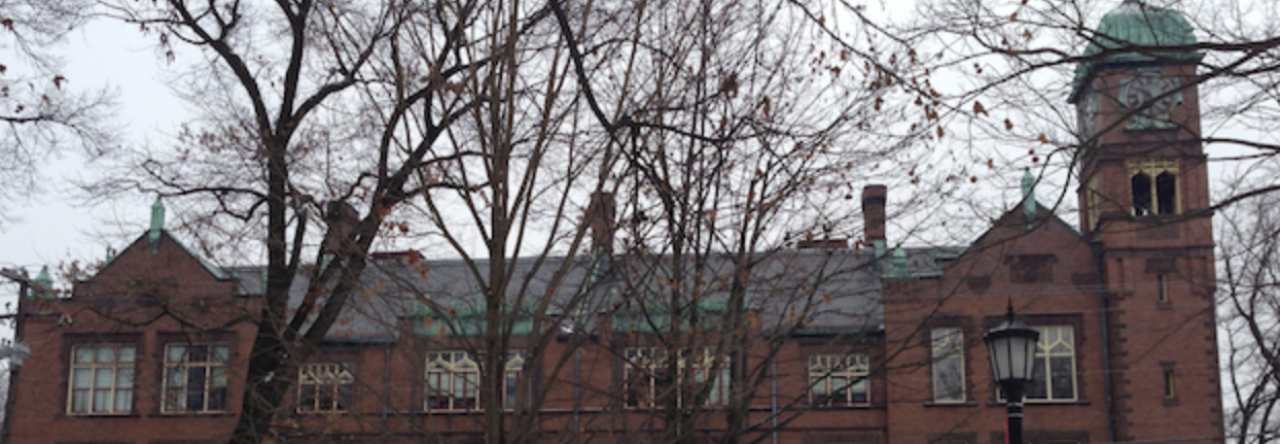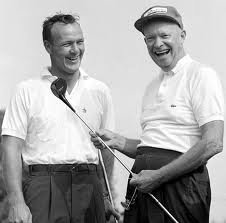H.W. Brands labels his chapter on the 1950s as “The Golden Age of the Middle Class,” but even Brands seems unsure how much to believe in this label. Were the Fifties a “Golden Age,” or a new “Gilded Age,” or more ominously, still the “Dark Ages” for race and gender discrimination? There were certainly real signs of widespread growth and prosperity for the American nation in this defining post-war decade, but also significant underlying tensions and growing social problems. Trying to fit all of these trends into a single narrative is challenging, but students in History 118 should be able to explain the contours of the period with a series of notable examples.
The starting point might well be a consideration of population growth and the cultural consequences of the celebrated “Baby Boom.” US population soared between 1940 and 1960, from about 132 million people to over 180 million. The country gained about 30 million people during the 1950s alone –roughly equivalent to the entire population of Civil War era America. During this era of limited immigration (between the 1924 National Origins Act and the 1965 Immigration Act), the vast majority of these demographic gains came from an increased national birthrate. By 1964, Brands reports, four out of every ten Americans were Baby Boomers (born between 1946 and 1964). The question for discerning students is how did all of these new children affect what Brands labels the “child-based culture” of the 1950s? One way to answer that question is by pointing to various trends in television, entertainment, music, sports, and other aspects of an emerging mass culture. But how much of this was a by-product of demographics or of new technologies remains an issue worth discussing.
Another way to interpret the period is by focusing on the economics of the Baby Boom, and considering how changing living and working patterns spurred important developments in post-war America. The 1950s certainly marked an era of industrial supremacy, big cities, interstate highways, and general stability for American capitalism, but also showed signs of a new more turbulent, suburban-oriented and service-based economy. During the early years of the post-war period, this combination of economic factors seemed to work wonders, with a greater equality of income than had been true across recent American history, but still, all was not equal in the society.
The most obvious inequality of the period was racial. The 1950s marked the resurgence of civil rights protests for the roughly 17 million American blacks who still endured Jim Crow in the South or faced other forms of persistent discrimination in the North. Brands illustrates the post-war civil rights movement by focusing on the impact of the two monumental Supreme Court decisions in the 1954 and 1955 Brown cases, and also on the 1955-6 Montgomery Bus Boycott. Students should be able to explain the significance of these milestone events.
Many historians, including Brands, also find a revealing linkage between the domestic civil rights movement and the international Cold War. In particular, during the late 1950s and early 1960s, the struggle to contain communism seemed to migrate toward what was increasingly called the “Third World,” as American policymakers sought (often unsuccessfully) to influence events in Africa, Asia and Latin America. Thus, questions of race and geopolitical strategy often overlapped. Regardless of the regional challenge of the moment, however, leading the globalized Cold War proved to be an enormous burden for American policymakers. Brands ends his sprawling chapter on the 1950s by quoting from President Dwight Eisenhower’s now-famous farewell address (January 1961), which invoked a warning about the rising “military-industrial complex.” Yet this warning, however “sobering” in Brands’s words, was complicated, because Eisenhower, the former general and sometimes belligerent commander-in-chief, was by no means prepared to stand down in the global fight against what he termed in that speech a “hostile ideology … ruthless in purpose and insidious in method.” Clearly, whatever had been so golden about 1950s was also competing against many ominous shadows.


Caly McCarthy
In considering the video clip about Disneyland and its anniversary commemoration years later, I am struck by the difference between ideals/goals that were apparent during the time of Reconstruction and the 1950s, less than 100 years later. In class we identified Booker T. Washington’s understanding of freedom as the opportunity TO work for one’s own gain. This clip suggests a very definite transition in the definition of freedom to one that indicates freedom FROM work.
Zachary
Despite the the threats of communism, the 1950’s was a time of great prosperity in the United States. For the first time in nearly two decades America had reestablished a strong economy, and fully overcome the adverse effects of the great depression. Middle class citizens were now able to afford luxury goods, such as refrigerators, tv’s, nicer houses, ect. Along with a strong economic impact, the Golden Era also brought along the “baby boomers”, which helped increase the population significantly. The struggle of civil rights for blacks was also felt throughout the country. With the KKK on the rise and segregation reaching it’s peak, the 150’s was also a time of social instability.
Caroline Wippman
In Brands book, he discusses the generation of baby boomers, which occurred in the 1950’s after World War II. With the population growing so rapidly, the culture and environment of America had to change. The technological progress that the country was making was quickly altering values and as Russell Baker notes in his book, wars were constantly occurring all around them. The “child-based culture” of the 50’s is centered around the concept of family and what a family means. This idea of a ‘traditional’ family was another large problem that women had. It painted a woman as the cleaner and caretaker. This environment created an uprising from groups who did not agree with this traditional idea, ironically fought, in large part, by the children from the baby boomer generation. The other large change in this era from all the other times of change, such as Reconstruction, are the ideas of globalization and technology. At this point in American history, it was the first time that news could be shared instantaneously, but also could be seen anywhere. This also changed a lot of the culture of Americans and their behaviors.
Marsha Denison
What a thoughtful and balanced piece! I really appreciated how you didn’t settle for the easy narrative of the 1950s as simply a “Golden Age,” but instead opened up the complexity: yes, there was real prosperity, growth and cultural change — but there were also significant inequalities, tensions and undercurrents of unrest. The way you engage with both the “boom” narrative and the “shadow” side (in terms of race, gender, geopolitics) makes this far more compelling than a nostalgic wrap-up.